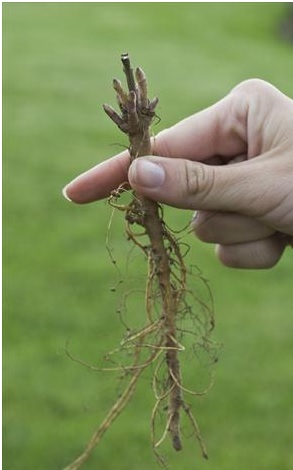info@bloomindesigns.com
Welcome to our perennial plant nursery!
Imagine More Perennial Plants Than You Can Imagine,
Delivered To You with Free Shipping to most states.
Shop by Category
Shop by Brand
Shop by Brand
Baptisia

Baptisia: The Majestic False Indigo
Baptisia (bap-tiz-ee-uh), also known as False Indigo, is a striking perennial native to the eastern United States. This member of the pea family (Leguminosae) boasts a vigorous, shrub-like presence with captivating compound leaves and vibrant blooms.
- Flowers: Showy, pea-like flowers clustered in upright racemes (flower spikes). Colors range from blues and purples to yellows, whites, and even bi-colors, depending on the species and cultivar.
- Foliage: Attractive, trifoliate (three-part) leaves, often bluish-green or gray-green in color. The foliage provides a lovely backdrop for the flowers and remains appealing throughout the growing season.
- Growth Habit: Bushy, upright growth habit, typically forming clumps 2-4 feet tall and wide. Some cultivars are more compact.
